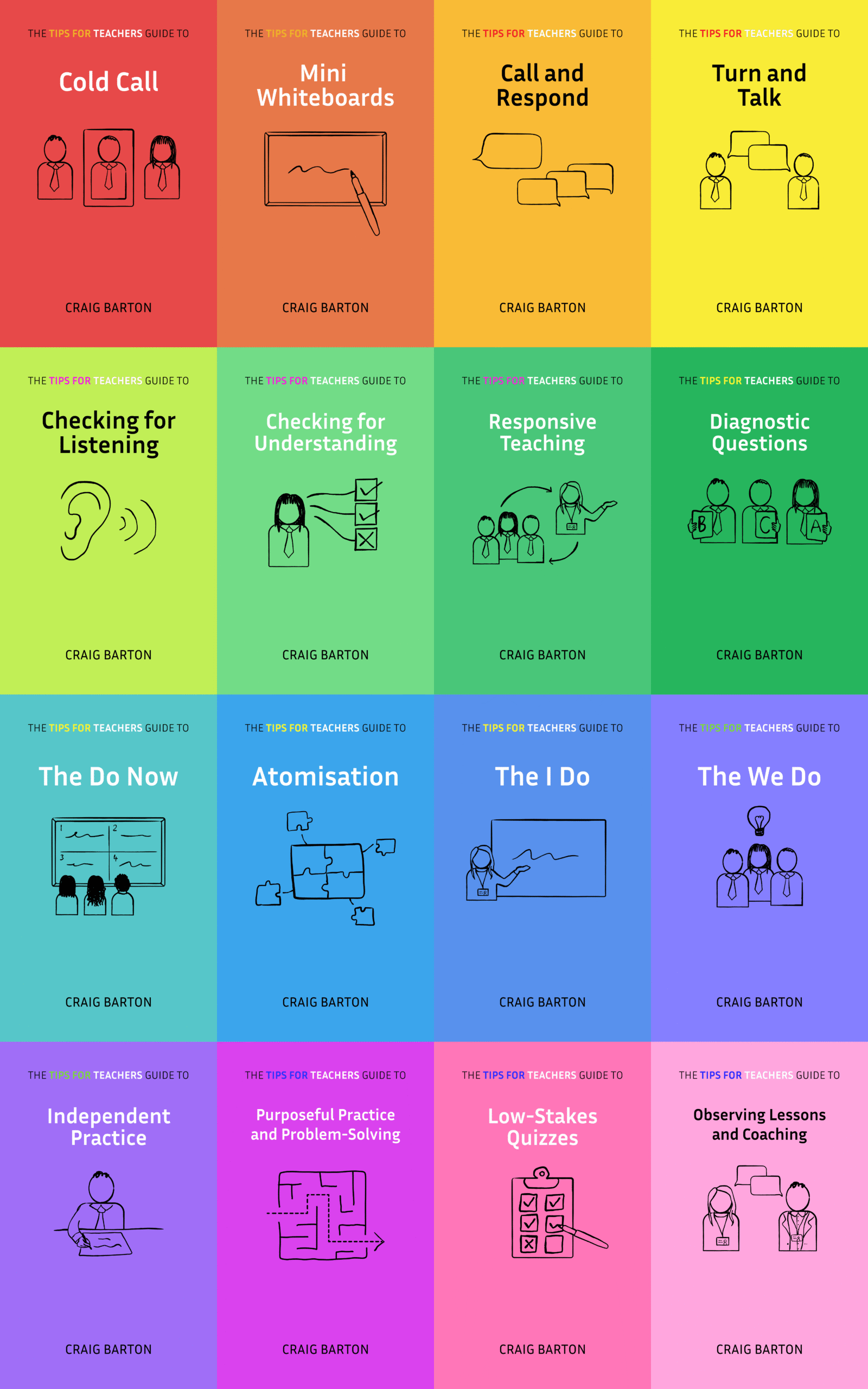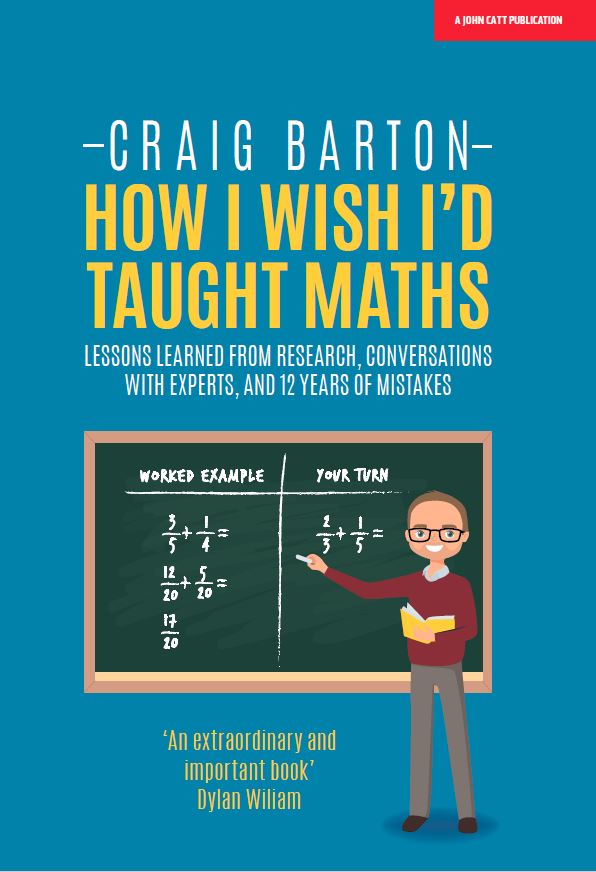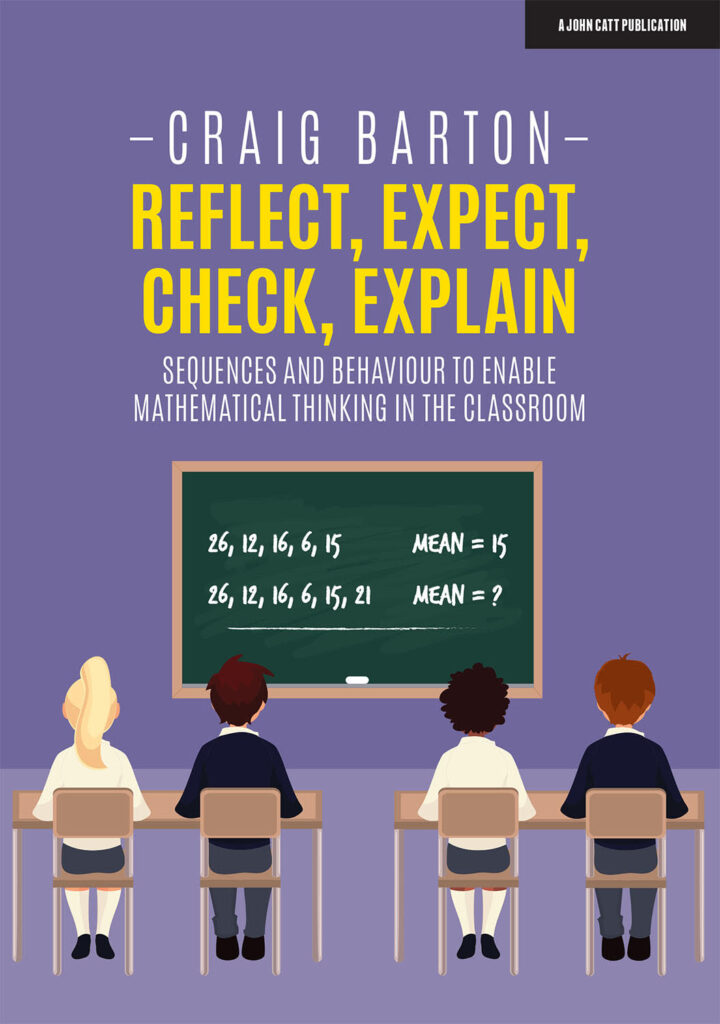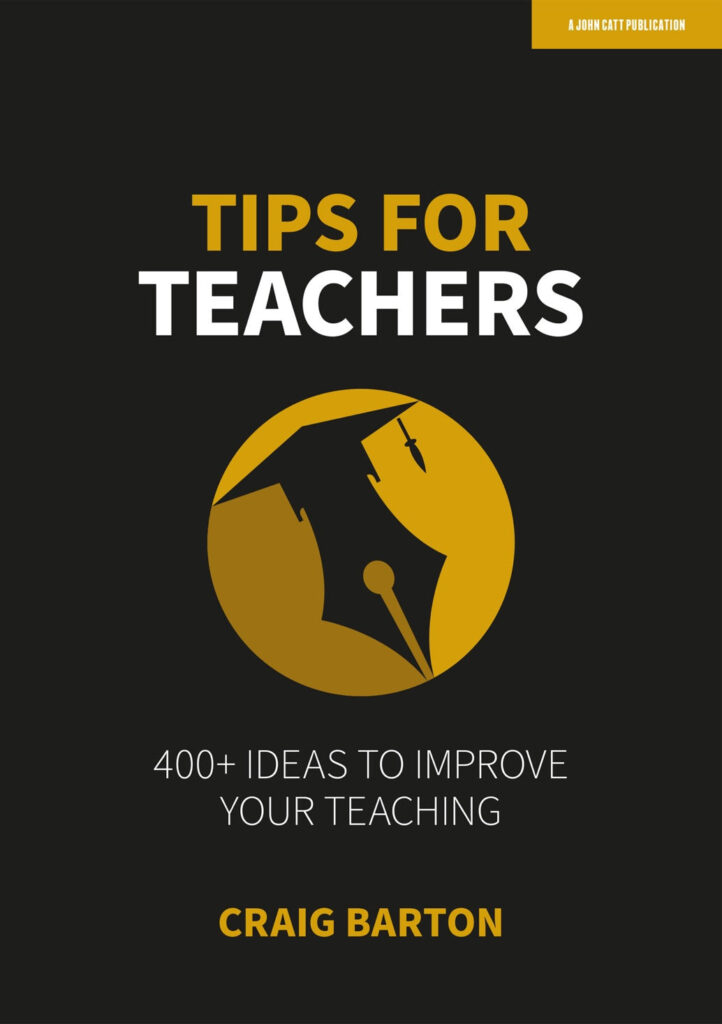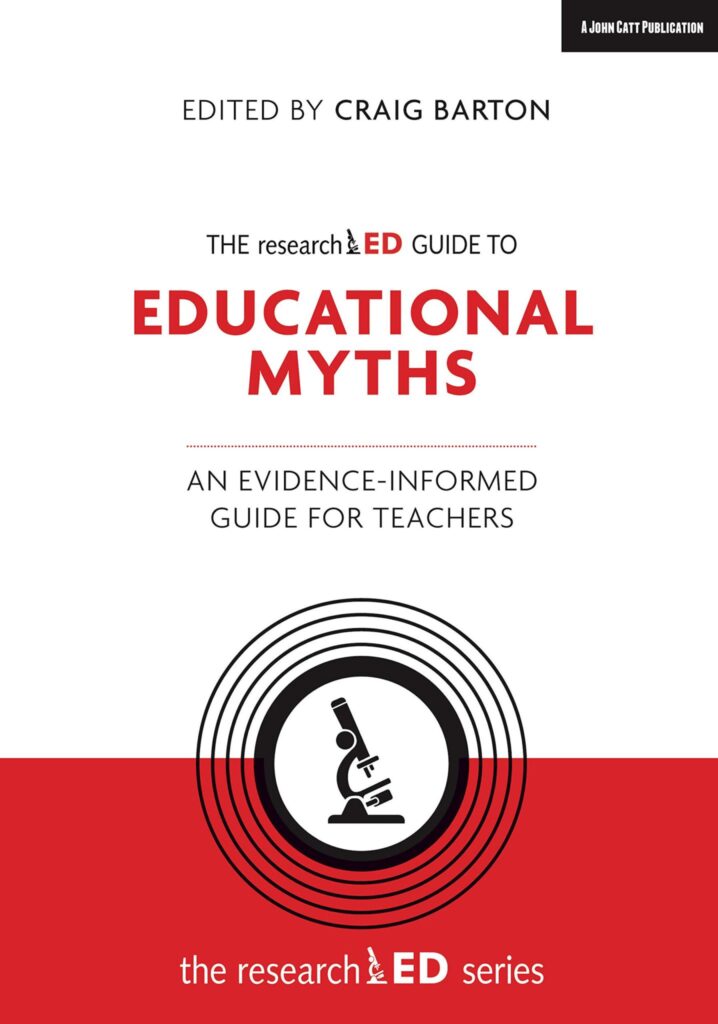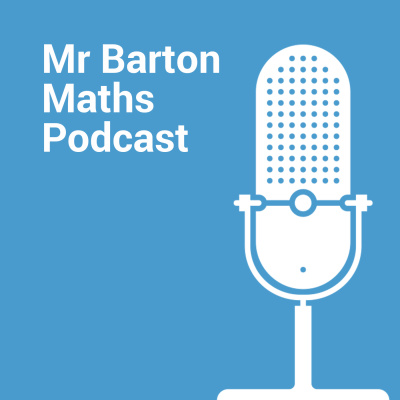
- Title: Students’, Teachers’, and Parents’ Knowledge About and Perceptions of Learning Strategies
- Authors: Amber E. Witherby, Addison L. Babineau and Sarah K. Tauber
- Access the original paper here
- Listen to a deep-dive podcast:
Paper summary
This academic article investigates the knowledge and perceptions of learning strategies held by students, teachers, and parents. Through a survey using concrete examples of twelve different strategies, the study measures participants’ ratings of each strategy’s effectiveness, familiarity, and likelihood of future use or recommendation. The findings suggest that while individuals generally recognize the value of highly effective strategies like retrieval practice and distributed study, they also tend to overestimate the usefulness of less effective methods. The research highlights the varying levels of familiarity across groups with certain strategies, suggesting a need for broader dissemination of educational research on effective learning techniques.
If teachers are to remember one thing from this study, it should be…
While they, students, and parents generally have accurate knowledge about the most effective learning strategies, such as retrieval practice and distributed study, there is still a critical need for broad dissemination of educational research and explicit instruction on how to effectively implement these strategies
***Paper Deep Dive***
Define any technical terms used in the paper
Based on the provided source material, here are some technical terms used in the paper, along with definitions or descriptions found within the text:
Content order: Refers to the sequence in which different types of problems or materials are presented during study, contrasting blocked and interleaved approaches.
Metacognition: Broadly defined as a person’s thoughts about cognitive phenomena. Key components include metacognitive knowledge, metacognitive monitoring, and metacognitive control.
Metacognitive knowledge: People’s knowledge about cognition. Having accurate metacognitive knowledge is an important precursor for students to use effective learning strategies.
Metacognitive monitoring: People’s assessments of cognitive performance.
Metacognitive control: Decisions people make about how to approach a cognitive task.
Learning strategies: Approaches or methods used by students to learn information. The paper discusses several learning strategies that have received empirical scrutiny.
Retrieval practice (i.e., practice testing): A way to study by retrieving information from memory, without the answer present. This strategy requires active engagement with the content. Retrieval practice is considered a highly effective strategy.
Distributed study schedule (i.e., spacing study sessions out over time): A way to study by spreading your study sessions out over time. This strategy is considered highly effective.
Massed restudy schedule (i.e., cramming their studying into a single session): Studying everything in one block of time. This is considered a less effective strategy compared to spacing study over multiple sessions.
Elaborative interrogation: One way to study is to come up with an explanation for something you are trying to learn, often by asking “why” questions. This received a moderate utility rating.
Self-explanation: One way to study is to explain how you are thinking to yourself. This received a moderate utility rating.
Interleaving content order: Mixing material or problems of different types during study. The example given is mixing flashcards from different classes. This received a moderate utility rating.
Blocked content order: Practicing one skill or studying one topic at a time until it is mastered before moving on to the next. The example given is learning basketball skills one by one. This received a moderate utility rating.
Highlighting (or underlining): Marking information perceived as important in text or notes. This strategy is considered less effective, receiving a low utility rating. It can be effective if students are strategic and identify important information.
Rereading (or restudying): Studying material by reading or reviewing it multiple times. This strategy is considered less effective, receiving a low utility rating. It can be more effective if used in combination with a distributed restudy schedule.
Keyword mnemonic: Generating keywords that link together concepts being learned, often involving imagery. The example given is linking a foreign language word to a similar-sounding English word with an image. This strategy received a low utility rating but can be particularly helpful for learning certain types of paired associates.
Imagery: Creating mental images while reading or studying. The example given is visualizing planets in the solar system. This strategy received a low utility rating.
Summarization: Summarizing the material being learned as you go, such as writing a few sentences about the main points of a section. This strategy received a low utility rating. Its effectiveness is moderated by the quality of the summaries produced.
Overt retrieval practice: Retrieval practice by physically recalling an item, such as saying the definition out loud before checking a flashcard.
Covert retrieval practice: Retrieval practice by mentally recalling an item, such as recalling the definition silently in your head before checking a flashcard.
Utility rating: A quantification of the effectiveness of commonly investigated learning strategies. Strategies received high, moderate, or low utility ratings based on a review of the literature.
Restudy schedule: Refers to how study sessions are timed, contrasting distributed (spaced) and massed (crammed) approaches.
What does this paper add to the current field of research?
Based on the sources and our conversation, this paper makes several notable contributions to the current field of research on students’, teachers’, and parents’ knowledge about learning strategies.
Here’s what this study adds:
- Novel Data on Parents’ Knowledge While previous research touched on parental involvement or beliefs about specific domains like math, this study provides the first direct evaluation of parents’ knowledge regarding a range of common learning strategies. This is particularly important because parents can serve as a significant resource for students learning how to learn. The study specifically surveyed parents of middle and high school children, a demographic not previously investigated in this context.
- Increased Data on Teachers’ Knowledge Using Improved Methodology The paper adds to the limited existing data on teachers’ knowledge about learning strategies. Crucially, it does so using a methodology designed to overcome limitations of prior studies that pitted strategies against each other.
- Methodological Advancement: Rating Strategies in Isolation Previous studies often forced participants to choose between two strategies or rate strategies in comparison to one another. This study allowed participants to rate each learning strategy individually on scales of effectiveness, familiarity, and likelihood of use/recommendation. This approach provides a clearer interpretation of beliefs about a specific strategy in isolation, which the authors argue may better reflect how individuals consider strategies in real-world learning scenarios.
- Methodological Advancement: Providing Concrete Examples The study presented participants with concrete, hypothetical scenarios illustrating how each learning strategy could be implemented. This ensures that participants were considering the same form of implementation when making their ratings, which is important because the way a strategy is implemented can significantly moderate its effectiveness. It also helps if participants are unfamiliar with a strategy.
- Investigation of Previously Unexplored Strategies (in this context) The study included learning strategies that had not been previously investigated using this type of survey methodology, such as interleaved restudy schedules and elaborative interrogation.
- Measuring Familiarity and Likelihood of Use/Recommendation Beyond just perceived effectiveness, the study gathered data on participants’ familiarity with each strategy and their likelihood of using (students) or recommending (teachers/parents) the strategy. These novel ratings provide crucial insight into why participants might rate a strategy a certain way (e.g., low effectiveness might be due to low familiarity) or why they might not use an effective strategy despite knowing it’s effective (e.g., perceived barriers like time cost).
- Insights into Accuracy with Improved Methodology By using the isolated rating and concrete example methodology, the study demonstrated that students, teachers, and parents generally do have accurate knowledge about the most effective strategies like retrieval practice and distributed study. This finding contrasts with some prior studies that suggested students underestimated these strategies when forced to compare them. However, the study also showed that participants still gave relatively high ratings to some less effective strategies like highlighting and rereading.
- Highlights the Familiarity Gap The study revealed that participants were less familiar with strategies such as interleaving and self-explanation, which are potentially effective in some contexts. This lack of familiarity may contribute to lower effectiveness ratings for these strategies and underscores a need for better dissemination.
- Exploration of Retrieval Practice Variations For students and teachers, the study also included specific comparisons between overt and covert retrieval practice, adding data on beliefs about different implementation formats of a highly effective strategy.
In essence, the paper provides new, more nuanced data on the metacognitive knowledge of all three key groups involved in student learning (students, teachers, and parents) by employing a methodology designed to reduce ambiguity and better reflect real-world decision-making processes about study strategies. It confirms that people generally recognize the top strategies but also highlights areas where knowledge is less accurate or familiarity is low, especially for strategies that require specific implementation knowledge.
What are the characteristics of the participants in the study?
Based on the sources, here are the characteristics of the participants in the study:
The study included three main groups of participants: undergraduate students, parents, and teachers. The target sample size for each group was 150 participants.
They taught a variety of topics such as science (n = 59), math (n = 53), English (n = 20), social studies or liberal arts (n = 20), and others (n = 52).
Students:
A total of 151 undergraduate students participated.
They were recruited from the Texas Christian University (TCU) psychology research pool and received partial course credit for participation.
Their average age was 20.23 years (SE = 0.29).
The sample was predominantly women (78.8%) and White (68.2%).
Students had completed an average of 2 years of college (total years of education M = 13.94, SE = 0.11).
Most students (84.1%) were not first-generation college students.
The average college GPA reported was 3.4 (SE = 0.04).
Parents:
A total of 143 parents completed the survey and were included in the final sample, after excluding 26 participants who had teaching experience.
They were recruited from a TCU community forum, Facebook ads, Amazon’s Mechanical Turk (mTurk) Cloud Research, and a laboratory database. They were paid $10 USD for participation.
Inclusion criteria required participants to have a child aged 10 to 17 years old, have no current or prior experience as a teacher, speak English, and live in the United States.
Parents were middle-aged, with an average age of 42.50 years (SE = 1.91).
The sample was predominantly women (67.1%) and White (77.6%).
Most parents (83.9%) reported having at least some college experience, with highest education levels detailed in Table 1.
The average age of their children was 13.54 years old (SE = 0.19), and the majority of children were identified as a boy (67.8%, n = 97). The children ranged from 4th–12th grade.
Teachers:
A total of 191 teachers were included in the final sample, after excluding 3 participants who did not provide teaching experience information.
They were recruited via targeted e-mails, mTurk Cloud Research, Facebook ads, a local middle school, and via referral. They were paid $10 USD for participation.
Inclusion criteria required participants to have experience working as a teacher at a middle school, high school, or college, speak English, and live in the United States.
The average age for the teacher sample was 40.04 years (SE = 0.82).
The sample was predominantly women (61.8%) and White (74.3%).
All teachers held an advanced degree (Master’s or Doctoral).
On average, teachers had been teaching for more than a decade (M = 11.97 years, SE = 0.63).
They taught at various levels, including college or university (n = 87), high school (n = 46), middle school (n = 54), or multiple levels (n = 4).
What are the key implications for teachers in the classroom?
Based on the sources, the study’s findings have several key implications for teachers in the classroom:
- General Accuracy Mixed with Potential Pitfalls: While teachers, like students and parents, generally have accurate knowledge about highly effective strategies such as retrieval practice and distributed study, rating them highly for effectiveness and likelihood of recommendation, they also assign relatively high ratings to less effective strategies like highlighting and rereading. This suggests that simply knowing some strategies are effective isn’t the full picture; teachers might still overvalue or recommend suboptimal ones.
- Risk of Recommending Less Effective Strategies: The study found that teachers, despite rating retrieval practice and distributed study highly, reported being almost as likely to recommend less effective strategies such as summarization. This is problematic because teachers serve as a primary resource for students learning how to learn, and recommending suboptimal strategies can hinder student learning.
- Familiarity Gap for Certain Strategies: Teachers reported being less familiar with strategies like interleaving and self-explanation compared to strategies like retrieval practice or highlighting. This lack of familiarity may contribute to lower perceived effectiveness ratings for these strategies.
- Need for Implementation Training: The study highlights that teachers need not just information about effective strategies, but also instruction on how to effectively implement them. Low familiarity with strategies like self-explanation might mean teachers don’t understand how to appropriately use or recommend them.
- Importance of Disseminating Research to Teachers: A crucial implication for the field is the need for broad dissemination of evidence-based learning research to teachers. This would help teachers update their knowledge and ensure they can make evidence-based recommendations to their students.
- Teachers’ Role as a Key Resource: The study underscores the fact that teachers are considered a primary resource for students in developing learning skills. Therefore, ensuring teachers have accurate and comprehensive knowledge is essential for improving student outcomes.
- Potential for Variation in Knowledge: While teachers generally rate retrieval practice and distributed study highly, some analyses showed variations, such as teachers rating distributed study as more effective than retrieval practice when compared directly in one analysis. This highlights potential nuances or differences in how teachers perceive the effectiveness of these top strategies.
In summary, the study implies that teachers are largely aware of some of the most effective study strategies but may still overvalue less effective ones and lack familiarity with others. A key implication for practice is the need for targeted training for teachers that focuses not just on what strategies are effective but also on how to implement them and disseminates knowledge about a wider range of potentially beneficial strategies.
Why might teachers exercise caution before applying these findings in their classroom?
Based on the sources and our conversation, while the study offers valuable insights, teachers should exercise caution before directly applying these findings in their classroom for several key reasons:
- Effectiveness is Context-Dependent: The study acknowledges that the effectiveness of learning strategies can vary significantly depending on the characteristics of the material being learned and the individual learner. Some strategies, like interleaving or blocking, may be more effective depending on the learning goal (e.g., identifying differences vs. similarities). Other strategies, like summarization or highlighting, depend on the quality of the student’s implementation. Applying a strategy simply because it rated highly in the survey without considering these nuances might not yield the desired results in a specific classroom context.
- Implementation Details Matter: The study emphasizes that the way a strategy is implemented can moderate its effectiveness. The concrete examples provided in the survey were just one possible method of implementation for each strategy. Teachers need to understand the various ways a strategy can be used and which implementations are most effective for specific content and students, which goes beyond the general perception of effectiveness measured in the study.
- Familiarity Doesn’t Equal Expertise: While teachers in the study rated highly effective strategies like retrieval practice and distributed study highly for effectiveness and recommendation, they also reported lower familiarity with some strategies like interleaving and self-explanation. Low familiarity can imply a lack of detailed understanding about how to effectively implement or teach the strategy. Teachers might know of an effective strategy but not possess the practical expertise to guide students in using it correctly.
- Study Measured Beliefs, Not Application or Outcomes: The study evaluated participants’ knowledge and perceptions about learning strategies based on hypothetical scenarios. It did not measure how teachers actually apply these strategies in the complex environment of a classroom or the resulting student learning outcomes. A teacher might rate a strategy highly on a survey but face practical challenges or discover unforeseen issues when trying to use it with their students.
- Specific Scenarios May Influence Ratings: Although the study used concrete examples to improve upon previous methods, the authors note that each scenario was just one instance of implementation. The specific example topics or even the wording used (e.g., ambiguity in the “revisiting” example for rereading) could have influenced participants’ ratings and might not reflect their beliefs about the strategy in all contexts. Teachers should be cautious about generalizing ratings based on these specific scenarios to every potential application of the strategy.
- Risk of Recommending Less Effective Strategies: While teachers generally favor effective strategies, they also reported being almost as likely to recommend less effective ones like summarization. This highlights that teachers’ knowledge might still be mixed, and applying their current understanding without further training or critical evaluation could still lead to recommending suboptimal approaches.
In essence, the study provides valuable insights into teachers’ metacognitive knowledge about learning strategies, suggesting a positive general awareness of highly effective methods. However, the complexity of learning, the context-dependent nature of strategy effectiveness, the importance of proper implementation, and the study’s focus on perceived effectiveness rather than real-world application mean teachers should approach the findings as a starting point, emphasizing the need for further training on how to effectively teach and implement these strategies.
What is a single quote that summarises the key findings from the paper?
The accuracy of people’s knowledge appears to be mixed with some evidence of accurate knowledge (e.g., for strategies high in effectiveness) and some evidence of inaccurate knowledge (e.g., for strategies low in effectiveness).
